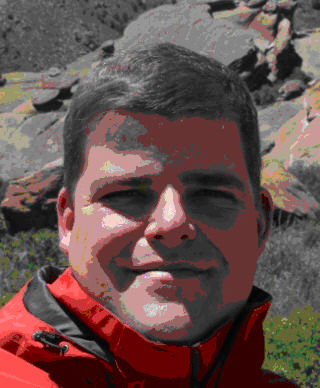
Instructors for the Geology of Hydrothermal Ore Deposits

Thomas Monecke is an economic geologist who specializes in the formation of base and precious metal deposits in modern and ancient volcanic arcs. He has more than 25 years experience in geological research and mineral exploration and has authored or co-authored approximately 80 journal papers, book chapters, government publications, and field guides during that period. Thomas graduated from the University of Freiberg, Germany, with a M.Sc. in 1996. He obtained his Ph.D. from the same university with his doctoral thesis focusing on the anatomy of a volcanic-hosted massive sulfide deposit in northern Australia. Between 2002 and 2008, Thomas conducted post-doctoral research at the Institute of Marine Sciences in Kiel, Germany, the University of Ottawa, and the Geological Survey of Canada on modern and ancient gold-rich volcanic-hydrothermal systems. In 2006, Thomas received the Waldemar Lindgren Award of the Society of Economic Geologists. He joined the Colorado School of Mines in 2008 where he currently teaches economic geology. Thomas runs a large research group and supervises graduate student working on a diverse range of hydrothermal ore deposits around the world.
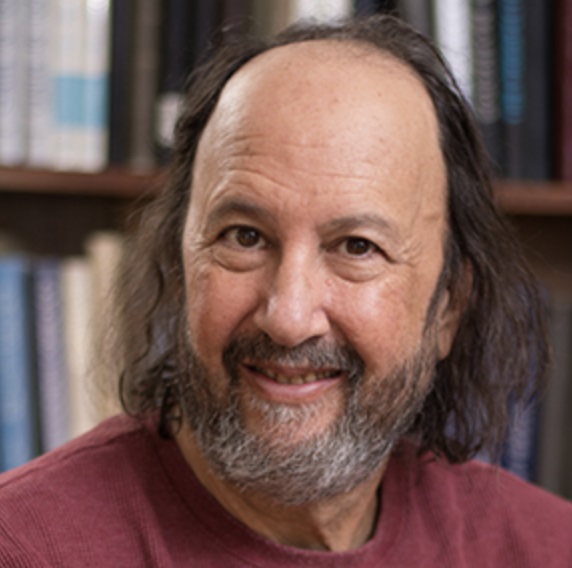
Richard J. Goldfarb was a research geologist with the Minerals Program of the U.S. Geological Survey for 36 years. He has conducted studies on the distribution of gold deposits throughout the world, compiling comprehensive global descriptions of their spatial-temporal setting and evaluating their ore controlling factors. His research has been focused on global metallogeny, geology of ore deposits in the North American Cordillera with emphasis on orogenic gold, distribution and geology of lode gold deposits in China and elsewhere in Asia, and fluid inclusion and stable isotope applications to the understanding of ore genesis. Rich has senior authored and co-authored more than 225 papers on mineral resources, with many recognized as the authoritative research on gold in metamorphic terranes and on aspects of regional metallogeny. Presently, he is a research professor at Colorado School of Mines and China University of Geosciences Beijing, as well as an independent consultant to the exploration and mining industry.
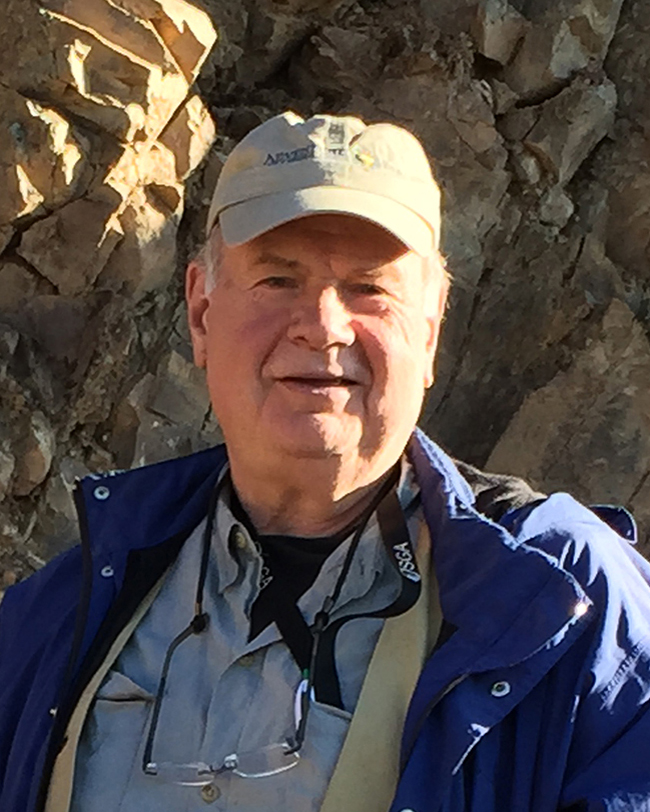
David Leach received his B.S. degree at the Virginia Polytechnic Institute and his Ph.D. (1973) from the University of Missouri. He worked for the Lawrence Livermore National Laboratory for 5 years as a project scientist on uranium geochemistry, hydrothermal alteration experiments and exploration geochemistry. David joined the U.S. Geological Survey in 1978, where he worked for more than 34 years. He held a High Level CNRS Visiting Scientist at the University of Paris VI, Gledden Research Fellow at the University of Western Australia. He is currently a Research Professor at the Colorado School of Mines and Guest Professor at China University of Geoscience and consultant to the minerals industry. His career focused on hydrothermal mineral-rock interactions with special interest in sediment-hosted base metal deposits, ore formation in metamorphic environments, global metallogeny and exploration targeting at global to mineral belt to deposit scales. David served as President of SGA and the SEG International Exchange Lecturer. In 2010, he received the Meritorious Service Medal from the United States Geological Survey and the Penrose Gold Medal from the Society of Economic Geologists. In 2017, he received the SGA-Newmont Gold Medal from SGA. He is currently working on the connections between evaporites and sediment-hosted base-metal deposits with a focus on Asia, North Africa and the Americas.
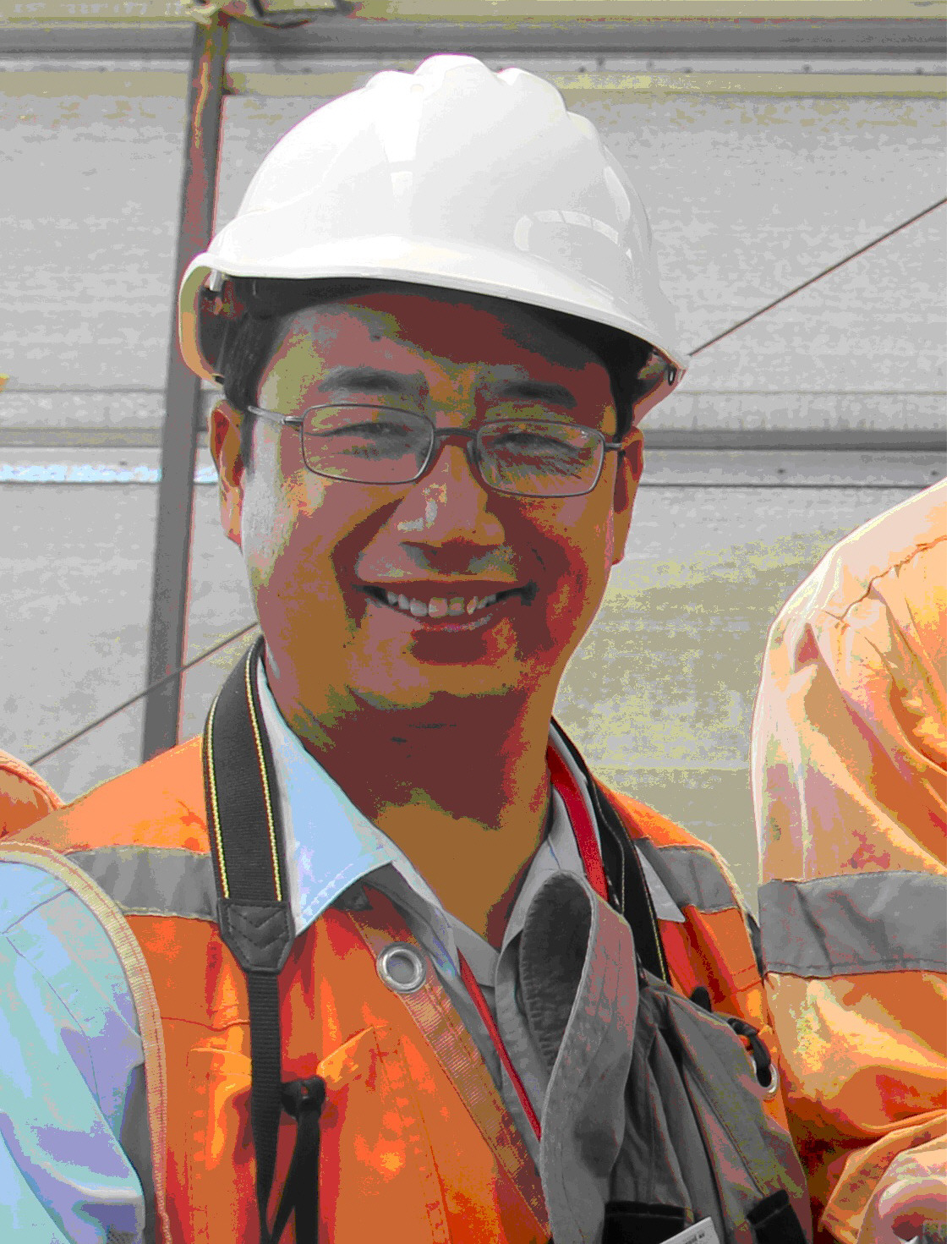
Zhaoshan Chang is the Charles Fogarty Endowed Chair and Professor in Economic Geology at Colorado School of Mines (CSM). He worked at various universities before, including Peking University, China (1997-2000); Washington State University, USA (2004); CODES, University of Tasmania (2004-2011), and EGRU (Economic Geology Research Centre), James Cook University (2011-2018). He was the Director of EGRU from 2012 to 2018 before joining CSM. Zhaoshan has studied a wide spectrum of mineral systems, including skarn-, porphyry-, epithermal-, IOCG- deposits, W-Sn, and sediment-hosted gold deposits in 14 countries. He works closely with the mineral industry on exploration-oriented research projects, looking for far field signals, discriminators and zoning patterns in mineralogy, textures, spectral features, whole rock and mineral geochemistry, and isotopic compositions that can be directly used in exploration. He also works on ore-forming processes and ore controlling factors, magma fertility, and regional metallogenesis. His research mainly involves field investigation and drill core logging, petrography, SWIR spectral techniques, WR and mineral chemistry, textural imaging using various techniques (LA-ICP-MS, PIXE, CL, BSE, microprobe), geochronology, fluid inclusion thermometry and composition, various isotope systems (O-H-S-C; Cu-Zn-Fe; Sr, Hf), and LA-ICP-MS techniques (dating and trace element analysis).
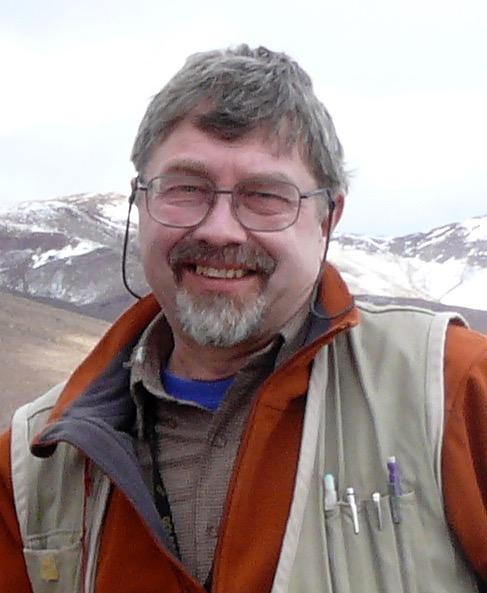
Jeffrey W. Hedenquist conducted research with DSIR-Chemistry Division in New Zealand and the Geological Survey of Japan for 10 years each on geothermal energy development and the composition of volcanic discharges, respectively, as well as the formation of epithermal gold and porphyry copper deposits of the circum-Pacific region. Since 1999 he has been based in Ottawa as an independent advisor to the mineral resources industry, several governmental agencies, and the World Bank. He has provided assessments of gold and copper projects in over 40 countries, from below sea level to above 5000 m, as well as training related to mineral exploration and assessment. He is also adjunct professor at the University of Ottawa and James Cook University